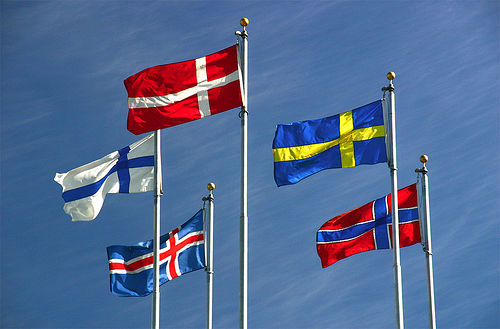
From Magnus Nordenman, New Atlanticist: Amidst massive defense cuts and perennial squabbling over burden sharing across NATO, the Nordic countries of Norway, Sweden, Finland, and Denmark have quietly assumed a real leadership role in the transatlantic security relationship.
They are making valuable contributions to the Alliance in personnel, strategic vision, operations, and policy. More importantly, they provide a model for how NATO can remain an effective security provider in a future of constrained resources. . . .
Denmark and Norway were responsible for a quarter of the air-to-ground attacks generated during NATO’s OPERATION UNIFIED PROTECTOR over Libya last year. That’s an extremely good showing for two small European nations that contributed only sixteen F-16s between the two of them, and should give pause to larger European nations with far larger air forces and get them thinking about how to get more out of limited resources In this time of austerity. . . .
The Nordic region also does well in the NATO partnership column. Sweden and Finland are two of NATO’s closest partners, with both countries contributing significant forces to Afghanistan, Finland participating in the NRF, and Sweden sending fighter jets to provide reconnaissance during OPERATION UNIFIED PROTECTOR. Now, both nations have signed on to participate in Icelandic air policing, although flying unarmed to satisfy the reservations of some Allies about having non-NATO countries participating in an Article V operation.
There are of course limitations. The Nordic countries are small indeed, and can only contribute modest, if high quality, forces to any operation. And they will certainly never be able to replace the political weight and heft of larger European NATO nations such as Germany, France, the UK, and Italy. Furthermore, the Nordic countries largely escaped the worst effects of the global financial crisis and the onset of poisonous politics, giving them an advantage and allowing them a space to take the lead that other small European nations just cannot afford at this stage. Be that as it may, in NATO setting the example and providing innovation matters and can give member nations a real influence over the direction of the Alliance. And NATO’s leadership currently has a distinctive Nordic feel to it.
Magnus Nordenman is a deputy director of the Brent Scowcroft Center on International Security. (photo: Flickr user miguelb)
Image: flickr%204%209%2013%20Nordic%20flags.jpg
